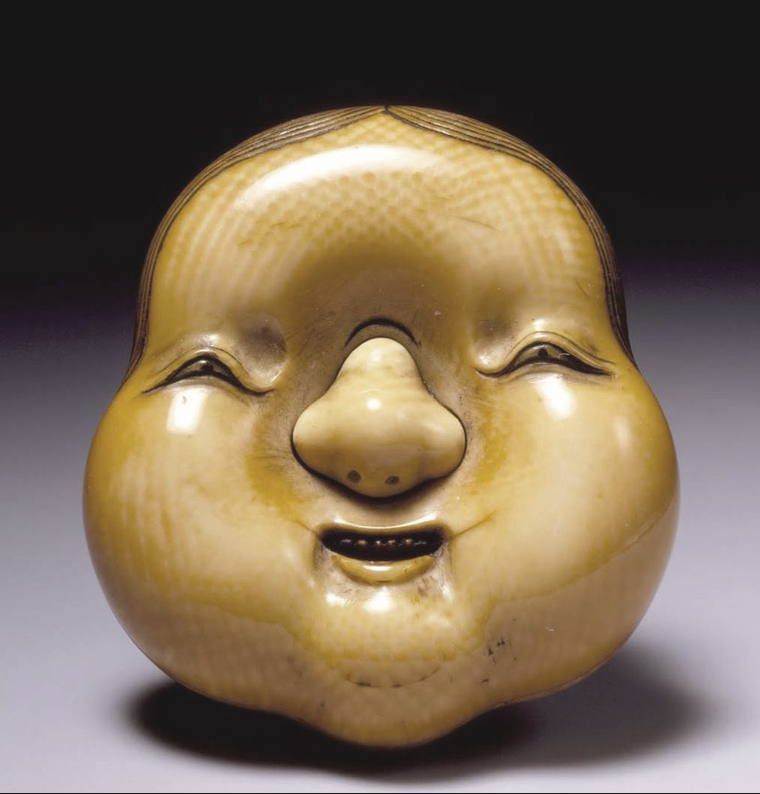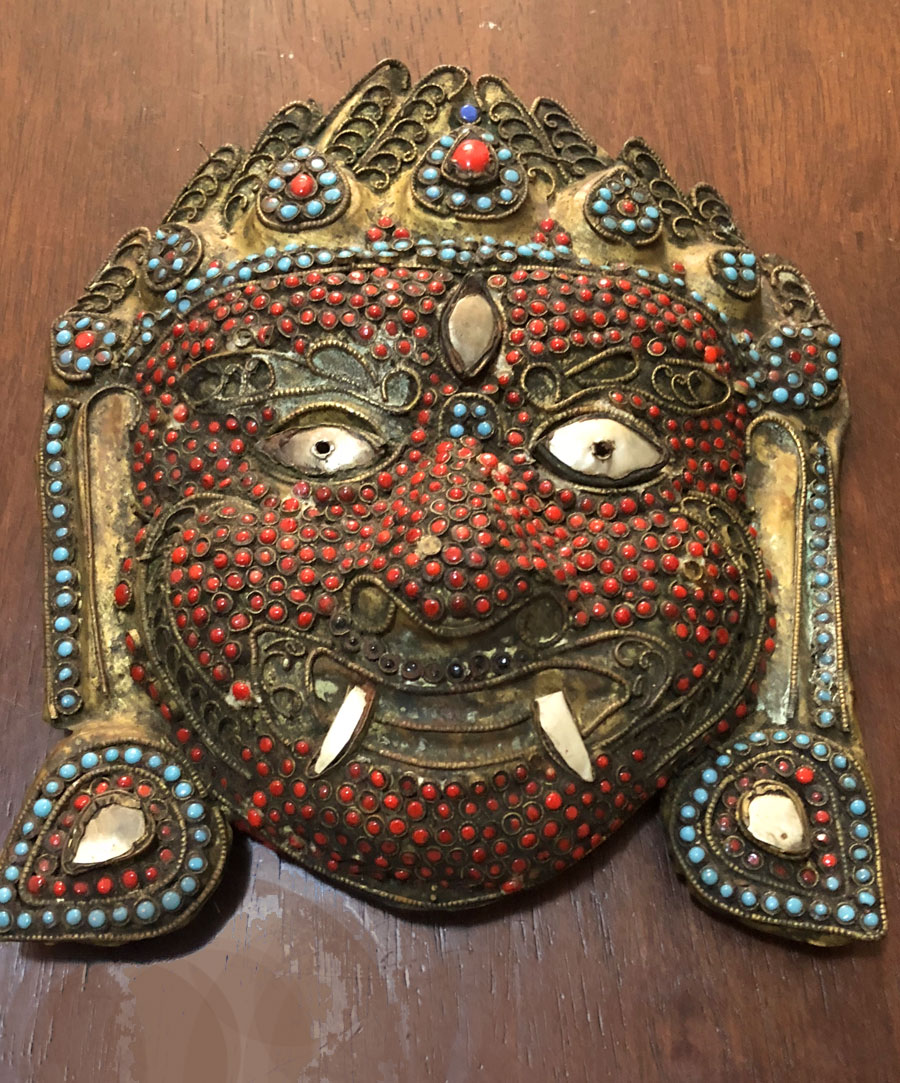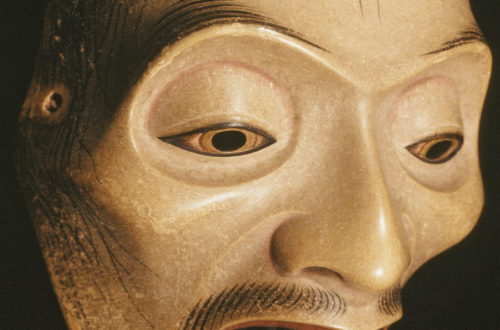 A friend sent me an article titled “10 Things You Might Not Know About Traditional Japanese Masks”
A friend sent me an article titled “10 Things You Might Not Know About Traditional Japanese Masks”
by Lucy Dayman. She is an Australian-born, Japan-based journalist, copywriter and editor. It is an excellent article, but I new only seven of the masks. So here are the remaining three. I hope you enjoy them as much as I did.
The cherub-faced Okame is the wife of Hyottoko, a cheerful lady who’s a symbol of good luck. Technically Okame goes under two names; Otafuku and Okame. Otafuku means good fortune while Okame means tortoise a Japanese symbol of a long life, so no matter which name you’re using she’s a positive sign all around. Like Hyottoko, Okame masks are rather ubiquitous, especially in smaller regional towns. Chances are you won’t have to look hard to find an Okame mask either in wood, paper mache or plastic. These days you’re less likely to find a mask in ivory such as this one.
One of the most enigmatic and ubiquitous figures in Japanese folklore, kitsune, in Japanese means fox, but the figure of kitsune is much more than your standard farm-lurking, four-legged pest.
According to Shinto beliefs, the kitsune is a messenger of Inari, the god of fertility and agriculture, but is not always a figure of upstanding ethics. In some ways, kitsune also represents the contradictory nature of every single one of us, which is why it’s become one of the most common Japanese masks in popular contemporary culture. Available in a variety of forms, you’ll find traditional kitsune masks in costume, souvenir, and gift shops everywhere.
Visually Oni looks a lot like Tengu, but with far smaller noses, but they are two entirely different beings. They’re common in Japanese folk legends, and depending on where you hear the story have very different origins. The biggest event on the Oni calendar is Setsubun, a celebration of spring (held the day before the beginning of the season) where festival goers throw beans at people wearing these Japanese festival masks as a way to cleanse evil and celebrate the return of the country’s favorite season. During this time many parents wear the scary masks to frighten their children all in the name of fun. A






